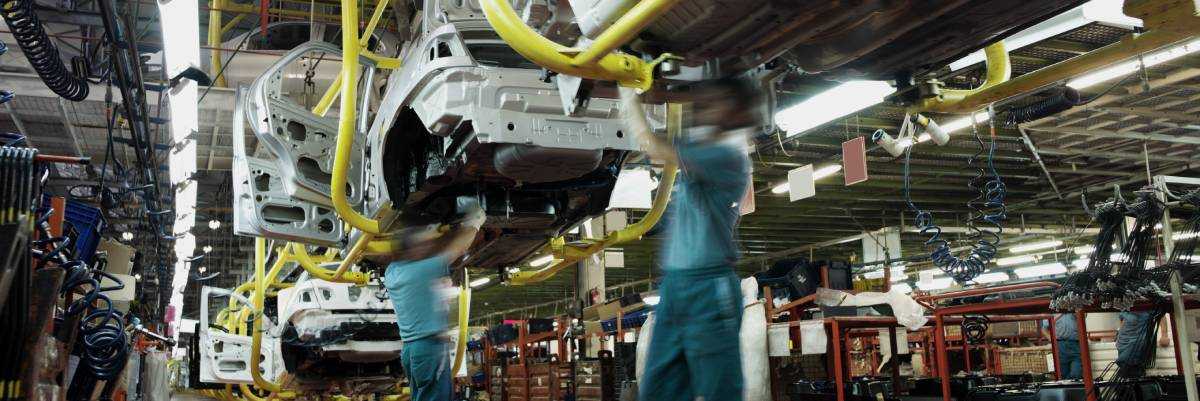A structured approach is essential to 8D analysis
The German Association of the Automotive Industry (VDA) has compiled a red handbook entitled 8D – Problem Solving in 8 Disciplines1 to support quality management within the automotive industry. Effective problem solving is viewed as an important leadership task at all levels and an opportunity for sustainable improvement.
In the context of 8D problem solving, Kepner-Tregoe processes, especially problem analysis using the IS/IS-NOT method, play a central role and their use is required by the VDA in its guidelines.
In each discipline of 8D problem solving, the VDA defines verifiable basic requirements and criteria for achieving excellence in an audit. The use of the IS/IS-NOT analysis is explicitly required here, and the VDA explicitly cites Kepner-Tregoe as the origin. This primarily relates to D2 – Problem Description and D4 – Root Cause Analysis.
Kepner-Tregoe processes are also of central importance in the other disciplines of 8D problem solving:
D1 – Problem solving team
This involves naming the sponsor, team leader, and team members or experts for problem solving. Kepner-Tregoe Situation Appraisal, specifically the fourth step: Plan Involvement, can help with this.
D2 – Problem Description
The VDA requires the creation of a problem description with IS and IS-NOT information in its handbook. Since autumn 2020, it has explicitly referred to Kepner-Tregoe as the source.
D3 – Immediate Actions
Kepner-Tregoe Decision Analysis can help with selecting the most appropriate immediate actions.
D4 – Root Cause Analysis
The core component of problem solving. The VDA asks us to continue with the Kepner-Tregoe IS/IS-NOT analysis. When determining possible causes, distinctions (differences between the IS and IS-NOT) and changes also form part of the analysis. Subsequently, the hypotheses are tested based on the problem description created in D2.
D5 – Selection and Verification of Corrective Actions
Kepner-Tregoe Decision Analysis also helps with the selection and verification of corrective actions.
D6 – Implementation and Validation of Corrective Actions
The selected corrective action is now implemented and validated in D6. At KT, we also call this: try a fix and monitor it.
D7 – Preventing recurrence
Elements of Kepner-Tregoe Potential Problem Analysis are used at this stage.
D8 – Closeout and Recognition of Team Success
Feedback is crucial for continuous improvement. It ensures that all actions from D3, D5, and D6 are completed, the sponsor has met with the team members and thanked them for the successful problem resolution, and the documentation has been created and approved by the sponsor and team leader.
If you would like to learn more about how to solve problems using Kepner-Tregoe processes, we recommend taking a look at our Analytic Troubleshooting workshop
1Verband der Automobilindustrie (VDA): 8D – Problemlösung in 8 Disziplinen; Methode, Prozess, Bericht. Berlin 2018 https://webshop.vda.de/QMC/de/8d-problemlösung-in-8-disziplinen
An English version is also available.







